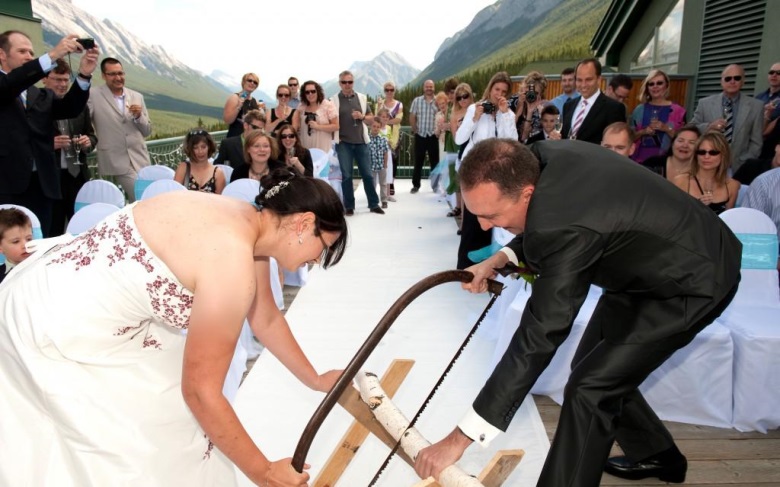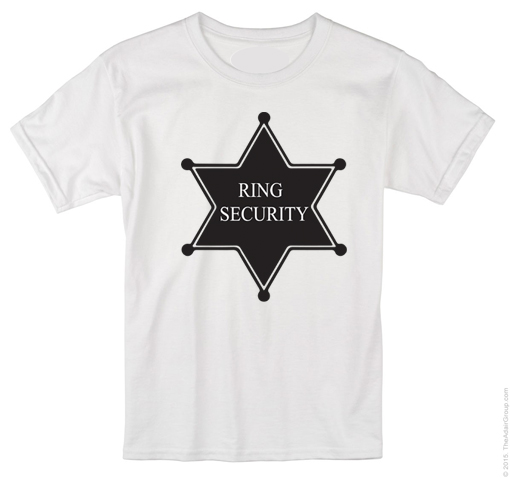German Wedding Traditions
The German culture is one of fun and frivolity. Their superior partying skills are carried through to major celebrations, such as weddings. However, it is not just the fun merriment of German weddings that set them apart, but also the traditions that continue to this day. In general, the father of the bride has been expected to fund the wedding. However, in modern times, both sets of parents usually contribute as much as possible or the couple simply pays for the affair themselves.
Pre-Wedding
Similar to a bachelor party or stag night, the groom-to-be and his friends will go out together a few nights before the wedding for a huge boys’ night out. This is called Junggesellenabschied.
In some of the smaller German villages, the bride-to-be’s friends kidnap and hide her. The groom-to-be has to search many small pubs and bars to find her, usually having to invite everyone in the pubs he visits to his wedding. This tradition is seldom done in the larger cities and towns, and can work out to be very expensive as the groom is often expected to buy all the patrons a round of drinks.
The Polterabend is a casual party that is held the night before the official wedding. The closest family and friends attend this do and smash plates, believing that the shards of pottery or glass will bring good luck to the couple. The couple then has to stay behind and clean up the mess before they can retire.
Attire
The bride will get ready at home, with the help of a beauty and hair specialist, and will then proceed to the ceremony venue in full attire.
The bride’s dress is traditionally white, but does not have a train. Usually, German brides will scour the modern boutiques to find up-to-date, fashionable gowns, seldom using heirlooms or used dresses. Her veil does not cover her face and is mid-length (coming to about the middle of her thighs). This will only be taken off after her first dance with her new husband and her father. Veils are sometimes replaced by headbands or tiaras. Gloves and a purse are not uncommon.
Wedding
The bride and groom usually enter the ceremony venue together and walk down the aisle as a couple.
In the bride’s bouquet are included several pieces of white ribbon. After the ceremony, she will hand one ribbon to each driver of one of the cars in the procession and he will then tie it to his radio aerial.
Wedding rings are worn on the right hands of the bride and groom and are identical, unlike other cultures in which the bride wears a feminine diamond ring and the groom a plain band.
Very few German brides have bridesmaids or maids of honour.
Rice is used as a traditional form of confetti.
Other Traditions
German weddings are characterised by the following traditions and customs:
- After the ceremony, a car procession will drive through the town, blasting their horns or hooters and attracting the attention of bystanders.
- Once the bride and groom have done their first dance together, the groom will dance with his mother and the bride with her father. The bride’s mother and the groom’s father dance together at this time too.
- The guests attending a German wedding will usually prepare meaningful parts, so that each of them has a contribution. There are frequently comical skits, musical performances, poems and songs from a range of the friends and family. This makes the reception a memorable and meaningful occasion for all.
- The Veil Dance dictates that anyone wanting to dance with the bride or groom must pay for it. The amount of money given is immaterial.
- When the bride and groom finally have a chance to retire together after the excitement of the big day, they will likely find a host of practical jokes and booby traps in their room. These include broken beds and hidden alarm clocks.
Photo CreditL en.paperblog.com





